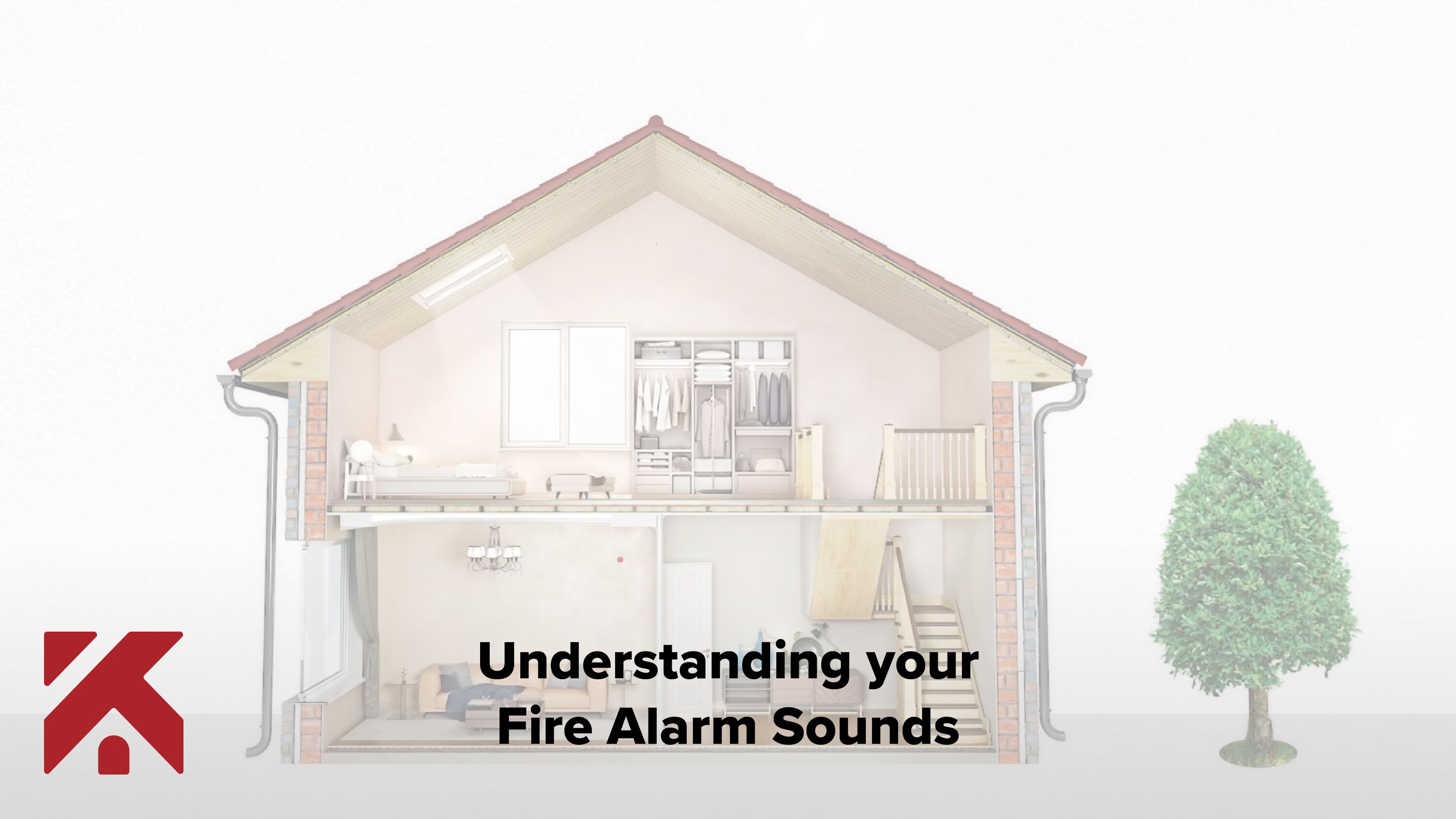Hardwired Combination Carbon Monoxide & Smoke Alarm
KN-COSM-IBAThe Kidde KN-COSM-IBA uses breakthrough technology to offer a fast response to real fires, including smoldering and fast-flaming, as well as protect you from carbon monoxide and dramatically reduce the chance of nuisance alarms. The Intelligent sensor technology combines the detection capabilities of an ionization smoke sensor – which is more likely to detect smaller, less visible fire particles, like those produced by flaming fires – with that of an electrochemical sensor, which is used to detect CO. Since carbon monoxide is present in all fires, having both detection chambers work together in one alarm is a breakthrough in the fire safety industry. When either sensor notices a potential hazard, it will communicate with the other. Depending on what is detected, the alarm will adjust its smoke sensitivity in order to better discriminate between a real hazard and a false one. This constant communication enhances the alarm’s overall performance in all fires, and significantly reduces the potential for a nuisance alarm.
Voice Warning: Warns of hazard by announcing “Fire!” or “Warning, Carbon Monoxide”.
Peak Level Memory: Alerts user when the unit has detected CO concentrations of 100ppm or higher.
Hush™ Button: Silences the unit during nuisance alarm situations. (Smoke must be present before hush is activated)
Two LED’s: Red LED indicates alarm mode, Green LED indicates AC power is present.
Click on the video to learn more about how to install your Kidde Smoke and Carbon Monoxide alarm.
Why Kidde
As North America's #1 home fire safety brand,* Kidde has been working to help make your home the safest it can be for more than 100 years. Now, our latest smoke alarms and combination smoke + carbon monoxide (CO) alarms are bringing you the next level of fire and CO safety. Help protect what matters most in your life with features like cutting edge technology that send fast alerts to give your family more time to get out safely. And enhanced sensing technology that reduces false alarms often caused by cooking.
*Based on total household installations as of December 2023.
